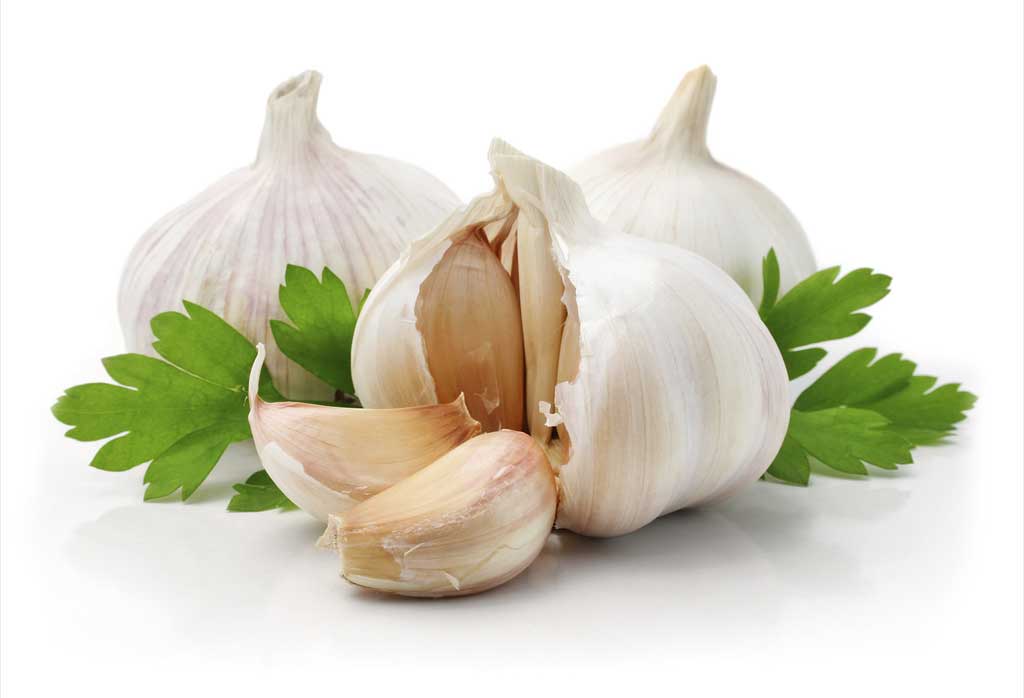There are few reports on garlic peel research. In this experiment, supercritical CO2 fluid was used to extract the volatile components of garlic peel, and the chemical composition of garlic peel extract was analyzed and identified by GC-MS technology, which is expected to be a research on garlic peel resources. And development and utilization provide a certain theoretical basis.
Volatile components from garlic peel

Garlic peel is often abandoned as a by-product of processing, causing waste of resources and pollution to the environment. Studies have found that garlic skin is rich in many active substances in garlic. Therefore, rational and full use of garlic skin can not only extend the garlic industry chain, promote the development of the garlic industry, and turn waste into treasure, but also protect the environment.
CO2 extraction method
Weigh about 10 g of garlic skin raw material, soak garlic skin raw material with 70% ethanol solution as entrainer, then put the above garlic skin sample into the extraction tank, set the extraction pressure, extraction temperature, and extraction time to 370 bar, 38 ℃, 9 h (collect the supercritical CO2 extract of garlic skin every 3 h, collect a total of 3 times), and combine the three extracts.
GC-MS measurement conditions
Gas chromatography conditions
DB-5 elastic quartz capillary column (30 m×0.25 mm×0.25 um). High-purity helium is used as the carrier gas, the flow rate is 1.0 ml/min, and the temperature is programmed: the column temperature is increased from 60 ℃ (maintained for 0 min), 10 ℃/min to 80 ℃ (maintained for 2 min), and then at 8 ℃/min The temperature was raised to 180 ℃ (maintained for 2 min), and then increased to 260 ℃ (maintained for 20 min) at 5 ℃/min.
Mass spectrometry conditions
Ionization mode: EI source, energy 70 eV, ion source temperature 200 ℃, scan mass range 30 to 550 amu, full scan mode, solvent delay 3 min. Spectral search: NIST08.L spectral library is used.
GC-MS analysis
According to the above experimental method, GC-MS analysis of garlic skin components, computer mass spectrometry system search (NIST08.L), using the area normalization method to determine the mass fraction of each component.
A total of 30 compounds were identified from the garlic skin composition, of which the main component was ethyl palmitate 19.15%, followed by ethyl linoleate 15.42%, palmitic acid 10.03%, and 2-ethylhexyl phthalate 6.4% , 2.58% ethyl oleate, etc. In addition, also identified a thioether compound-diallyl trisulfide 0.18%, and a plant sterol-stigmasterol 0.04%.
In summary
At present, GC-MS analysis of garlic skin chemical composition has not been reported. In this paper, the chemical composition of garlic skin extract is analyzed for the first time. The main component of garlic skin extract is a fatty acid, showing that garlic skin fatty acid mainly contains even carbon Of fatty acids (content 69.74%), and the content of odd carbon fatty acids is very low (2.83%), indicating that the fatty acids in garlic skin have high nutritional value.
Plant fatty acids
Plant fatty acids have a variety of pharmacological activities, mainly including lowering blood pressure, lowering blood fat, anti-cardiovascular disease, and promoting growth and development.
Linoleic acid and its esters are the main fatty acids in garlic skin, accounting for 23.12% of the total fatty acids. Linoleic acid is an essential fatty acid for the human body. It has the functions of lowering cholesterol in the blood, lowering blood fat, preventing atherosclerosis, and resisting breast cancer. Active, helps the normal metabolism of body fat and cholesterol, thereby preventing the occurrence of cardiovascular diseases.
Volatile oils
The study found that volatile oils mainly composed of myristic acid, palmitic acid, and lauric acid have antibacterial activity in vitro. These three components may also be one of the medicinal components of garlic skin’s antibacterial effect.
In addition, garlic skin also contains a thioether compound-diallyl trisulfide, this thioether compound is the main active ingredient contained in garlic, with antibacterial anti-inflammatory, anti-viral, anti-tumor, enhanced Immunity and other effects. This ingredient may be one of the medicinal ingredients of garlic skin.
Phytosterol
Phytosterol is a Chinese medicine that can lower cholesterol in the blood and regulate blood lipids. It has pharmacological activities such as cancer prevention, prostate disease prevention, anti-inflammatory and anti-viral, and anti-viral. One.
The study found that the main component of garlic volatile oil is sulfide compounds, and also contains a small number of fatty acids.
It mainly has antibacterial and anti-inflammatory, lowers blood pressure, lowers blood fat, inhibits platelet aggregation, prevents cancer, and enhances immunity.
Medicinal value and nutritional value. We found that the medicinal and edible value of garlic and garlic skin is mainly due to the mixed ingredients, but their main ingredients are different.
The main function of garlic is reflected in its medicinal value, and the main function of garlic skin is reflected in Its edible value, therefore, reasonable and full use of garlic and garlic skin has important practical significance.